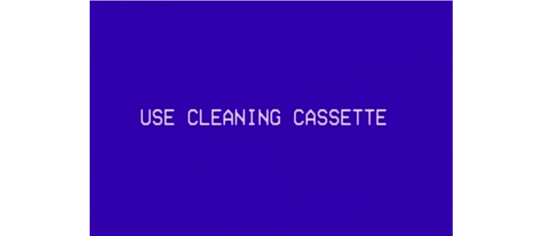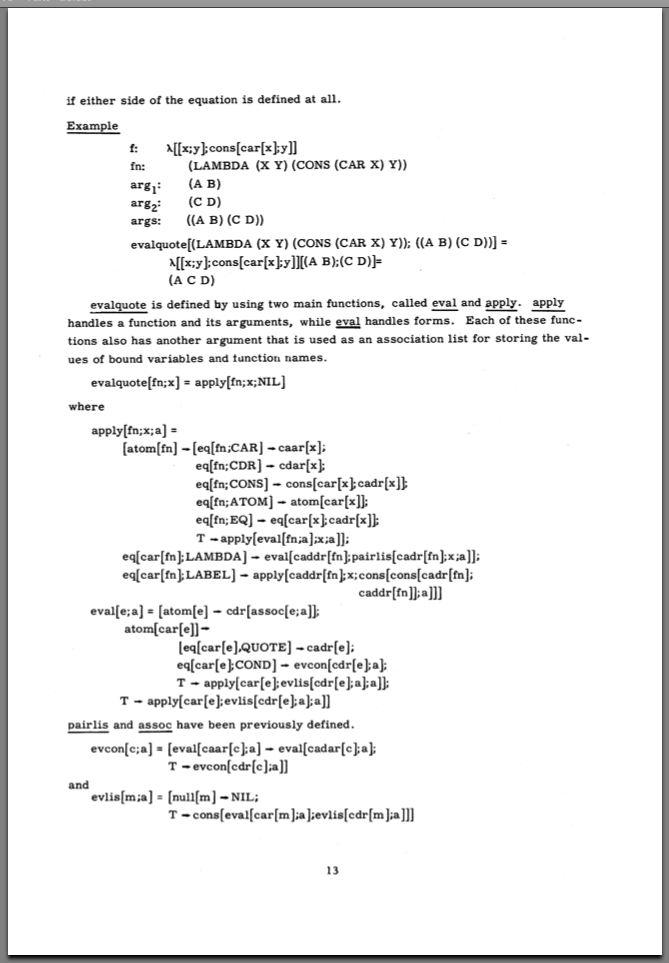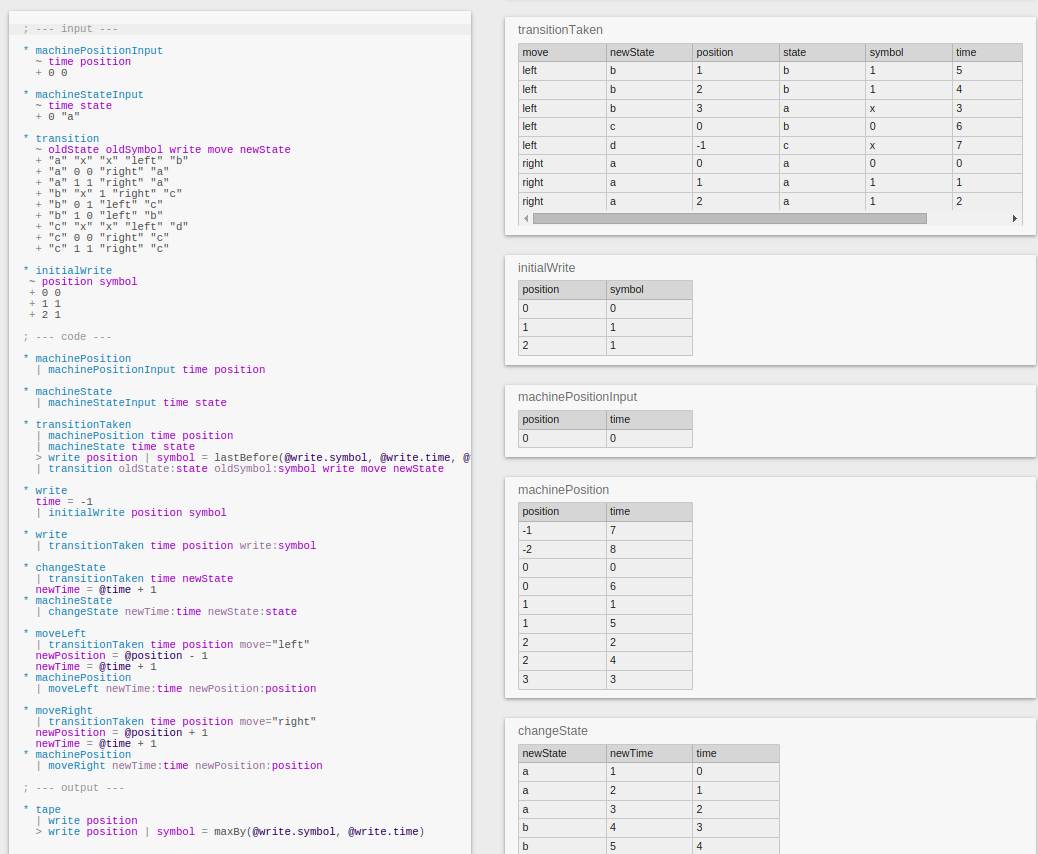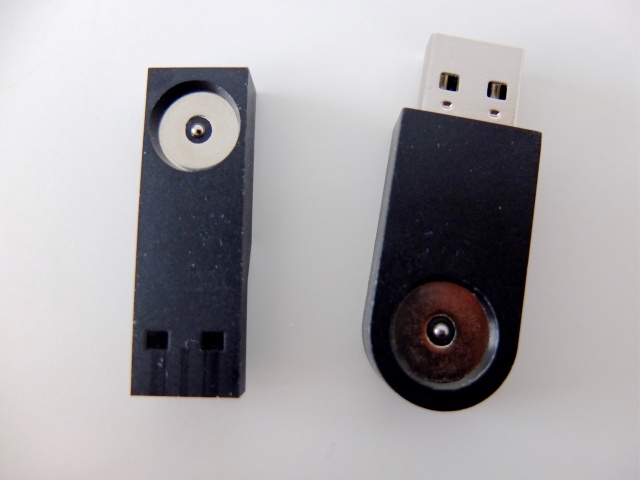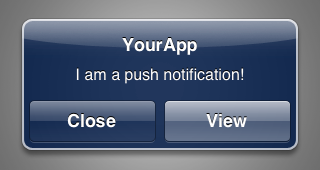
Web browser users do more than browse and search. They employ detailed, sophisticated, and mentally engrossing workflows to complete tasks online. While engaged in these concentrated activities, we learned that users’ attention is sometimes disrupted by “unimportant” or unwanted interruptions from smartphone and OS-based notifications. Based on our research in Germany, we learned what “important” notifications mean for some users and offer suggestions on how applications and services can provide users more control over notifications.
Picking up from last year’s Task Continuity research, the Firefox User Research team is focusing its efforts in 2016 on a multi-nation, mixed-method study of how people complete common tasks on the web; a project we are calling “workflows.” For our study, we’ve defined workflows as:
A habitual, frequently employed set of discrete steps that users build into a larger activity. Users employ the tools at hand with which they are familiar (e.g., tabs, bookmarks, screenshots) to achieve a goal. Workflows can exist across multiple devices, across noncontinuous spans of time, and contain multiple decisions within them.
The first phase of our workflows research studied participants in Germany. We will post a more detailed summary of those findings soon.
Following other studies, one of the assumptions guiding our study is that some workflows induce an engrossing, satisfying state in the user called “flow.” We learned that many of our eleven German participants described this flow state when engaging in activities such as travel planning or comparison shopping. Additionally, some participants’ workflows were so habitual and flow-inducing that it was difficult for them articulate the discrete steps.
Flow can be an indicator of a strong, user-centered experience. But flow can also be fragile. Flow is easily disrupted by interruptions within the task and outside the task. Disruptions led us to explore a topic that we had not anticipated in our planning: how push notifications disrupt workflows. During interviews some participants mentioned their frustration with notifications. Also, our interviews were frequently interrupted by notifications coming from multiple devices–which participants quickly grabbed, silenced, and put away.
Mobile and desktop notifications are designed to inform users (visually, audibly, haptically) of various events such as emails, calendar appointments, and social media replies. Notifications are designed to interrupt–but some interruptions can be beneficial. For example, if you are engrossed in writing an email to a colleague and receive a notification for your upcoming doctor visit, that notification is likely very helpful. Unfortunately for some of our participants, many notifications are unwanted or unimportant. For some, notifications are a feature they believe they have limited control over in terms of frequency and relevance.
We did not study the number of notifications participants received (one study found its participants received 63.4 notifications daily on average), but some participants complained about the perceived quantity of notifications in their lives. At least some of our participants experienced notification overload.
One of our Munich participants was an abitur student who believed he had lost control over notifications from Facebook. He uses Facebook to keep up with upcoming events that interest him. Unfortunately, he also received a great many notifications that were “annoying” and “frustrating.” As he explains:
For example, when friends of mine are at a party [and they like the venue on Facebook] and they get a free drink, then the event organizer from the club can log in on the Facebook account of a friend of mine, and then invite all his friends, and they all get an invitation to come to the club and get a free drink. And that is the thing with Facebook … people get all these notifications…
This participant blamed himself for the intrusive notifications because “I do want notifications for interesting events, but I don’t want to be invited to like websites from other people.” So, he wants some notifications–but definitely not others. The challenge for us is to help him control what is “interesting.”
Some participants were happy with the control they had over their notifications because they believe they had chosen them. For example, one of our participants tinkered with IOT devices around his house. During our interview, he received multiple notifications on his iPhone and iPad, but he accepted them because he believed that he had set them up and therefore had control over them. Another participant in Munich received constant notifications from the N24 news app on her iPhone. She accepted the notifications by treating them as a simple newsfeed but it was not a fully satisfying relationship. As she said, “Sometimes [the notifications] interrupt. It’s just a bit bothersome, but on the other hand I want to be informed.”
Ultimately, what we learned from participants is that they were frustrated (or not) by the level of control they have over notifications. If users are frustrated or in a compromised relationship with notifications, it means the control they have over them is not discoverable or granular enough. Control over notifications on the two major mobile OSes varies, but for both the interface is buried at the preferences level and is limited.
Just got a notification from my meditation app informing me I've gone a really long time without meditating & I could not be more stressed.
In the battle for users’ attention, many apps and sites are incentivized to overload users with notifications to increase marketing and engagement. Unfortunately, the notification management preferences in mobile OSes generally assume that a user either wants all notifications from an app or none at all. Preferences do not provide a more granular control UI over the kinds of notifications users receive and when they receive them.
Desktop browsers are implementing push notifications from sites the browser user subscribes to. The w3c Push API spec follows this same all-or-nothing approach to notification management. The user’s control over notifications is limited simply to subscribing to all notifications from specific sites and unsubscribing to notifications from specific sites. Many sites are not incentivized to provide users with a greater level of control. Facebook does offer this level of control, but it is buried deep in settings, requires users to select or deselect many choices, and offers no control over time of day.
As we add notifications to more kinds of applications beyond operating systems, users need additional controls over notifications they receive. As some studies show, even relevant notifications can disrupt attention and flow. It is our responsibility to help users have control over their attention and focus. There must be a middle space of control over notifications beyond all or nothing–or at best buried and only partial control. Perhaps it is the role of the browser as user agent to provide some of this additional support to users?
Based on our study, we learned that users are working with a very limited set of tools to control notifications. In future phases of this study, we plan to study more what control means in different countries and contexts. We are especially interested in exploring how the notion of control may be culturally influenced.
Thanks to Gemma Petrie, Sharon Bautista, and Madhava Enros for their suggestions for this post.
Notification Overload and User Control was originally published in Firefox User Experience on Medium, where people are continuing the conversation by highlighting and responding to this story.












